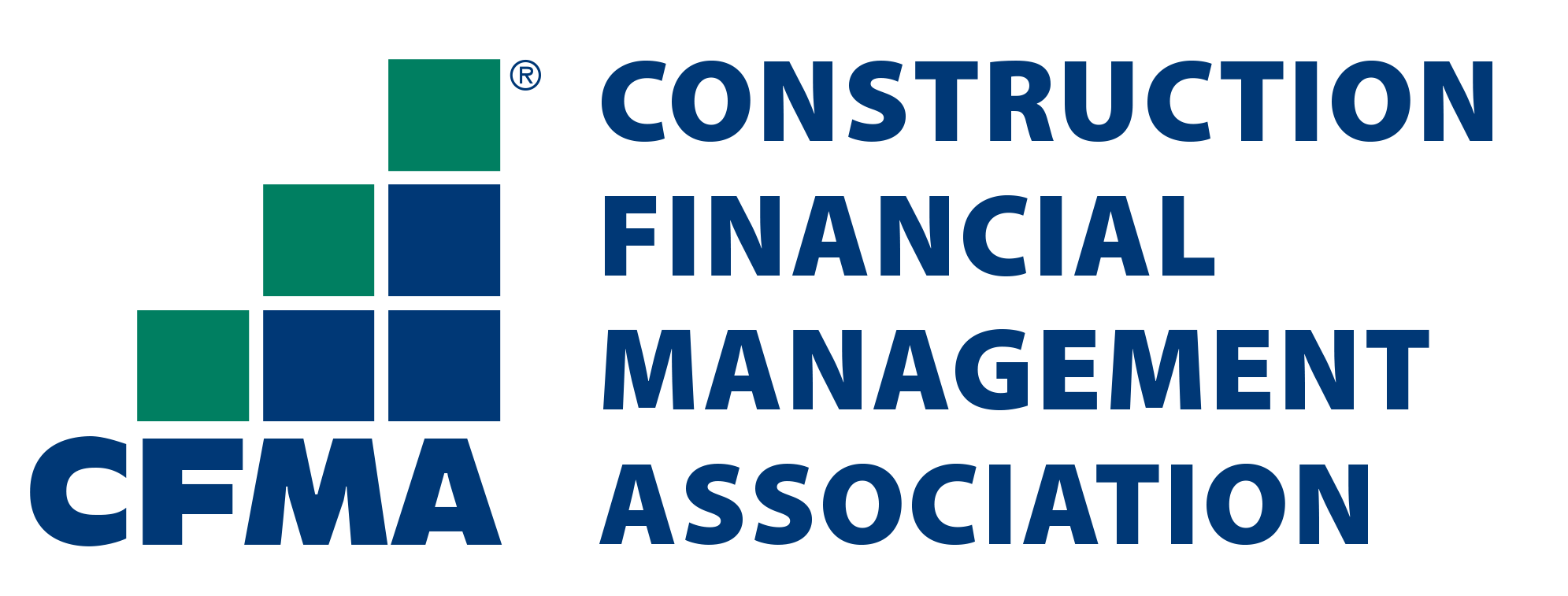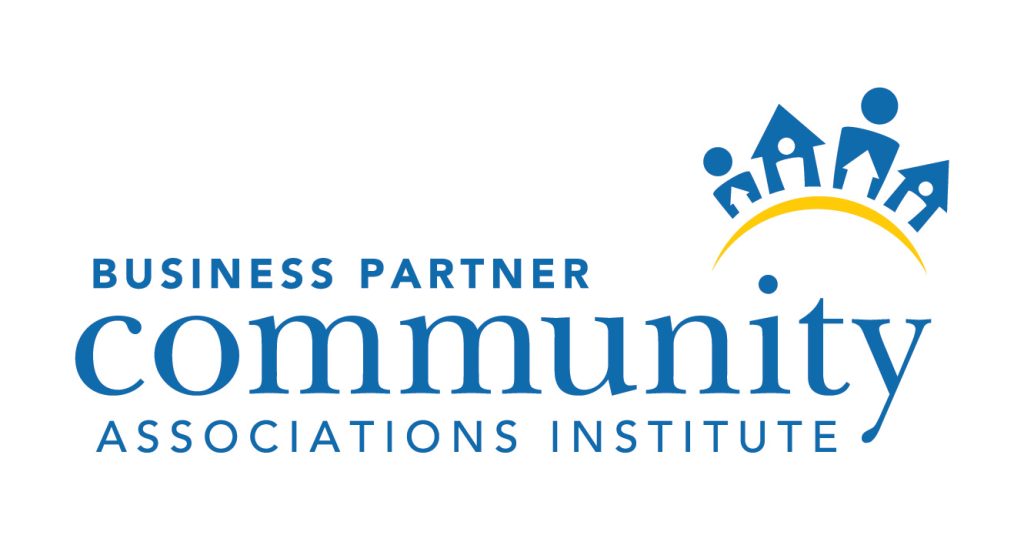
The Role of Automation in Accounts Receivable: From Overdue Invoices to Cash Flow Optimization
- February 16, 2023
- OHI

Accounts receivable are a company’s future revenue stream. While many top accounts receivable outsourcing companies exist, bringing order to accounts receivable is still a strategic imperative.
This is where automation in accounts receivable comes in. Automation helps you improve efficiency, scale your business, and ensure timely billings – ultimately making you more competitive and generating more cash flow.
Accounts receivable services are a significant part of a business’s cash flow but can be difficult to manage. There are many challenges that companies face with accounts receivables, including:
The impact of overdue invoices on cash flow optimization can be significant, especially if your sales cycle is long and your customer base is broad.
In some cases, it may take 60 days or more for customers to pay their bills — which can be disastrous for a small business owner who needs money now to pay employees and vendors and handle other expenses that must be paid within 30 days.
The longer an invoice is overdue, the more likely it will become uncollectible. This means your business will have to write off that money as a loss, significantly impacting the bottom line. It is necessary to consider reducing the impact of overdue invoices — especially if you have already paid for goods or services that won’t be reimbursed until after the invoice has been paid.
For example, let’s say you have 100 outstanding invoices overdue by 15 days. That means you have $100,000 tied up in your AR account. If your business only generates $50,000 monthly sales, your AR-to-sales ratio is 2:1 — too high for comfort!
The role of automation in accounts receivable process helps by reducing errors, increasing efficiency, and ensuring accurate reporting. Here’s how:
Automated systems reduce manual errors because no manual processes are involved in the processing stages. These errors might include incorrect invoicing and payments to the wrong vendors or customers.
With automation, there is less room for human error which helps reduce overhead costs associated with handling these mistakes manually.
Automated systems are often more efficient at completing tasks than humans because they don’t get tired or make mistakes like humans (which we covered above). For example, fewer employees will be needed to complete this task when you have an automated system for generating bills.
Creating an invoice manually is time-consuming and error-prone. Invoices often miss critical data, such as customer contact or billing information, which can delay payment.
Automation solutions can pull data directly from other systems – like ERP or CRM – eliminating manual input and ensuring all relevant information is included on each invoice.
Accounts receivable automation is a powerful tool for optimizing your business’s cash flow. It can help you manage the collection of past-due invoices and reduce days of sales outstanding while freeing up time for your team to focus on other essential tasks.
There are many different types of automation tools and technologies available for accounts receivable management, including:
You can set up automated reminders for customers who haven’t paid their invoices by a deadline. This can be done via an email sequence or SMS.
Integrating your accounts receivable management software with your accounting software makes tracking and monitoring your accounts payable activity easier.
Suppose you use payroll software to issue employee checks. In that case, you can integrate your accounts receivable automation tool with it so that payments are automatically deducted from each employee’s paycheck as soon as they are issued.
EDI technology allows companies to send electronic documents, such as invoices, directly from their ERP system to an outside vendor’s system without manual printing, scanning, or faxing anything.
This automation tool allows you to create invoices, send them directly to customers through email or text messages, and track payments through an online portal or mobile app.
The role of automation in accounts receivable is multifaceted. In a perfect world, you would have excellent credit, and all your invoices would be paid on time.
Automation in accounts receivable is a crucial factor in reducing DSO, an essential metric for measuring how long it takes to collect past-due invoices. The best practices for using automation to optimize cash flow and reduce DSO are:
The future belongs to organizations that improve their business processes through automation and innovation. The evolution of technology will continue to make quick work of paperwork, whether that’s invoices or checks for payment.
When managing accounts receivable, there’s no such thing as too much data.
Your organization can benefit from greater visibility into your accounts receivable department through automated tools that provide real-time insights into invoice status, collections activity, and customer payment history.
This is especially true for companies with an extensive global presence or many monthly transactions.
Here are some of the ways that automation will change accounts receivable in the future:
The abundance of available solutions, most of which are SaaS-based and affordable, coupled with the fact that there is no reason to be afraid of automation, makes it inevitable for businesses to look into automating their accounts receivable.
As companies dive deeper into optimizing their business processes and strive for long-term sustainability in their accounting operations, they will eventually have to revisit this script periodically to address more sophisticated needs.
If you follow this advice and create a realistic, data-supported integration strategy, your organization should be better equipped to handle the increasingly complex landscape of accounts receivables.
OHI is a specialized finance and accounting outsourcing service provider with over sixteen years of finance and accounting outsourcing experience. We have strong functional outsourcing expertise in end to end accounting processes covering daily accounting activities, reconciliations, month end and year-end account finalization processes, employee reimbursements, payroll processing, management reporting and financial analysis.
OHI serves close to 300+ clients across USA, UK and Canada. We invite you to experience finance and accounting outsourcing through us.
Learn More About Our Accounting Outsourcing Services – CONTACT US
Contact us for a customized NO OBLIGATION proposal for outsourcing your accounting activities.









